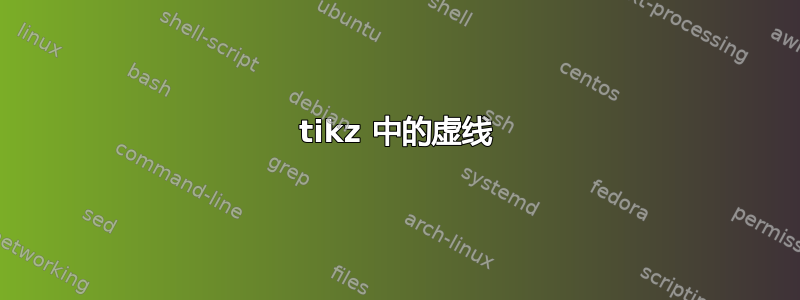
\documentclass{article}
\usepackage{tikz}
\usetikzlibrary{arrows,positioning,fit}
\usetikzlibrary{arrows,calc,positioning}
\usetikzlibrary{shapes,arrows,positioning,calc}
\begin{document}
\newlength\estilength
\settowidth\estilength{$estimator$}
\tikzset{
block/.style = {draw, fill=white, rectangle, minimum height=3em, minimum width=3em,text width=\estilength,align=center},
tmp/.style = {coordinate},
sum/.style= {draw, fill=white, circle, node distance=1cm},
input/.style = {coordinate},
output/.style= {coordinate},
pinstyle/.style = {pin edge={to-,thin,black}
},
point/.style = {draw, fill=black, circle, minimum size=0.8mm, node distance=1.5cm, inner sep=0pt},
dashed node/.style={draw,dashed,inner sep=7.5pt,rounded corners},
}%
\begin{tikzpicture}[auto, node distance=15mm,>=latex']
\node [input, name=input] {};
\node [block, right=of input] (plant) {$controller$};
\end{tikzpicture}
\end{document}
答案1
这是实现此目的的一种方法。
特别是当你是 Tikz 的初学者时,我建议你一步一步地做,在评论中查看我的数字,然后从不完善到很好(足够)。
一些超出我评论范围的评论:
- 作为初学者,使用绝对坐标可以让你更好地控制;稍后你可能会转向使用
positioning库或其他工具 - 总是从简单开始,例如
\draw (A) -- (B);(直线),然后再细化,例如\draw (A) |- (B);(垂直,然后水平连接) - 使用样式使你的代码更具可读性
- 引入中间点,例如相对坐标
+()或新的绝对++()坐标 - Tikz 使用路径概念,语法上以 开始
\,以 结束;,并在其间执行任何操作 - 这就是为什么你可以在路径完成之前放置
node(不带!)来放置标签\ - 使用
anchor可以很好地将引用从节点改变center - 极坐标可以成为你的朋友,无论是像 这样的坐标
(45:1),还是围绕节点形状(A.north) == (A.90)
祝你好运+在中查找这些命令tikz-手册在平行下。
\documentclass[10pt,border=3mm,tikz]{standalone}
% ~~~ (4) replace arrow tip ~~~~~~~~~~
\usetikzlibrary{arrows.meta}
\begin{document}
\begin{tikzpicture}[ % ~~~ (2) doing some style ~~~
blk/.style={draw,minimum height=1cm,minimum width=3cm},
LL/.style={line width=3pt, draw=blue!70!green!40},
>={Triangle}, % ~~~ (4) replace arrow tip ~~~~~~~~~~
]
% ~~~ (1) putting a node ~~~~~~~~
\node[blk] (C) at (0,0) {controller};
% ~~~ (3) drawing the blue line ~~~~~~
\draw[->,LL] (6,1.5) -| (C);
% ~~~ (5) left indicator ~~~~~~~~~~~~
\draw[dashed] (C.120) -- ++(100:3) -- +(-4,0)
node[anchor=south west] {distributed controller};
% ~~~ (6) right indicator ~~~~~~~~~~~~
\draw[dashed] (2,1.5) -- ++(45:2) -- +(4,0)
node[anchor=south east] {communication topology}
node[anchor=north east,pos=.6] {delay}
;
\end{tikzpicture}
\end{document}




